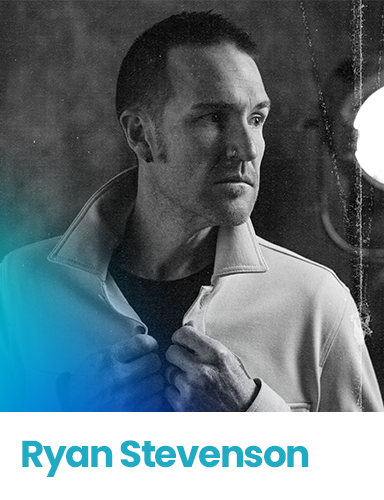
How to Champion Transparency in the Workplace
In today’s job market, 87% of job seekers are looking for roles within transparent organizations. Transparency is defined as something easily seen through, or someone open and honest. A company upfront about their values, expectations and mission attracts top talent because people are looking for authenticity, clarity and honesty.
So, what makes an organization transparent? And how does a company gain that sort of reputation? Well, it always starts with the top—the leadership. At Building Champions, we believe there are four questions your employees are subconsciously asking of you, their leader. In this article, we’ll unpack those four questions, and how by answering them you can create a high-trust environment where transparency is championed—so that your organization becomes known as a healthy, high-functioning and transparent company.
4 Questions Employees Subconsciously Ask of Their Leaders
- Do you know me?
People want to be known—that’s not new information. But how are you applying it to your life and leadership? One simple way to help those you lead feel known is by active listening. In your one-on-ones with your teammates, carve out time to ask about their lives outside of work. If they have a partner or kids, you should learn their names. Follow-up on specifics they’ve shared with you. If they’re looking to buy a home, ask how the process is going. If they just celebrated their baby’s first birthday, ask how the party went. Intentional curiosity and active listening go a long way in terms of helping someone feel known. But relationships are always a two-way street. If they ask you questions in return, be authentic and share appropriately. Remember, better humans make better leaders; so keep the human element at the core of your working relationships. - Are you for me?
Do your teammates believe you’re advocating for them? When they bring you an issue or make a mistake, how do you respond? Remember that your reaction carries weight—and that includes your words, facial expression, tone and delivery. Everyone makes mistakes, and based upon the individual’s past, they could have sabotaging narratives parading through their minds, limiting their view of themselves and halting their productivity. So take the opportunity to be a voice of encouragement. Partner with them and assume positive intent. Overcome the issue with them. Help them to understand that you believe in them. A positive response will boost morale, increase productivity and foster a culture of psychological safety. - Can you help me?
Do you make time for your teammates? And, not only do you have the calendar space, but are you approachable to them? Your employees want to know that you have both the availability and the capability to help them. Technology zips along and if you aren’t actively working on your own development, your teammates will notice and slowly stop coming to you for help. So be humble. If you have learning gaps, then commit to growth. Demonstrate the attitude of a lifelong learner so that your teammates will see you as a resource. As a leader, you have the privilege to help your people grow and develop into the best versions of themselves, so give them opportunities. Partner with your Human Resources team to learn what development programs might already be in place or get creative with your resources and intentionally invest in your people. Also don’t forget to devote time to your own self-leadership so that you can best help your teammates lead themselves well. - Are you consistent?
How are you showing up? Are you consistent in your behaviors? If your emotions, words or actions are unpredictable, and your teammates don’t really know what to expect from you, they will stop coming to you for help. They will disengage and may even leave the organization. So take some time to assess if your convictions are aligned with your behaviors—both at work and at home—because who we are at home impacts who we are at work. What are the company’s convictions? Are you leading in alignment with those? If you get your own thinking, believing and feeling in a healthy space, then your behaviors will naturally follow. People want to follow someone they can count on, so be that leader—and watch your team collectively increase their engagement, health and productivity.
If you can create an environment where people answer, “Yes,” to these four questions then you’ll get a high-trust, authentic culture where vulnerability is welcomed and transparency is normalized.






















































































































